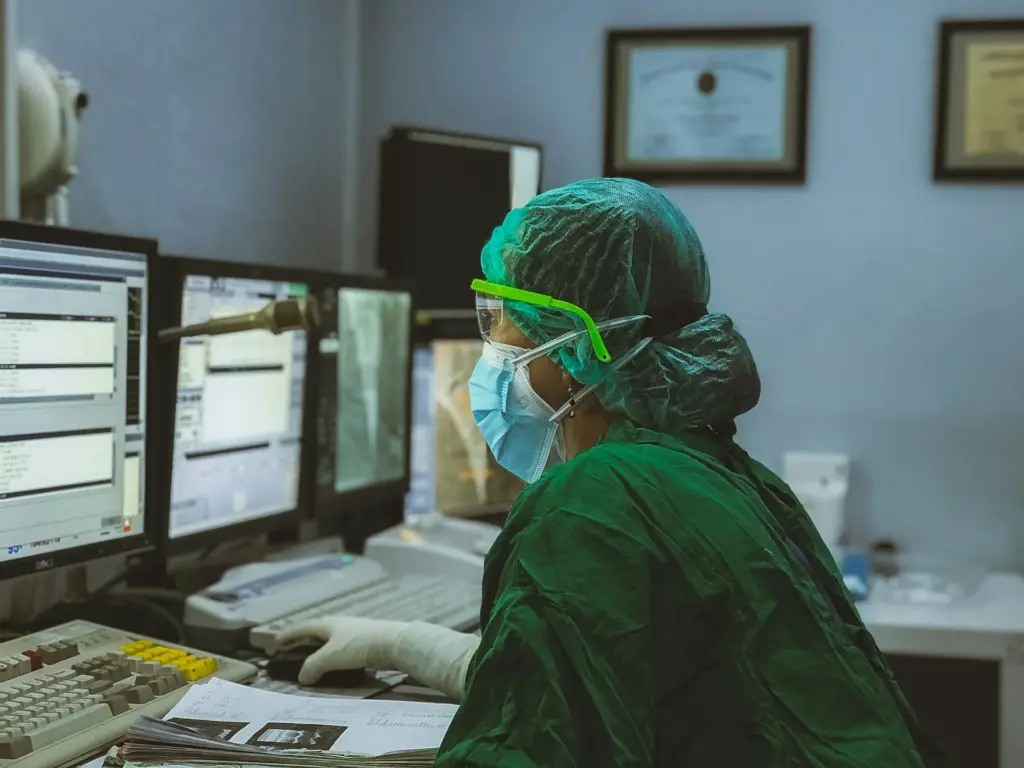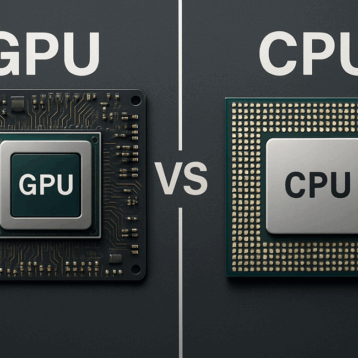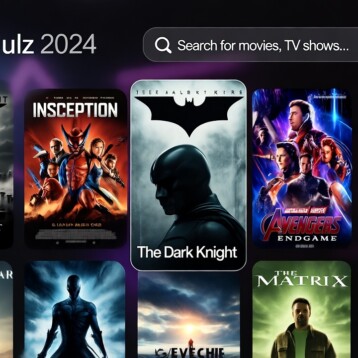
https://unsplash.com/photos/person-in-green-shirt-wearing-white-mask-rbDE93-0hHs
Due to the impact of new technologies on the healthcare sector, nursing is evolving fast. Nowadays, it’s quite common for nurses to encounter various tools designed to make healthcare more accessible. Think telemedicine, AI-driven diagnostics, and robotic assistance, among others.
Are you ready to dive into these innovations?
In today’s piece, we’ll unpack how cutting-edge tech transforms practical nursing and how educational programs have changed to prepare future nurses for this shift.
So, whether you’re curious about what’s new in healthcare or want to start your nursing career, stay with us as we explore revolutionary trends that are currently reshaping the field.
Telemedicine and Remote Monitoring
Telemedicine allows patients to connect with a healthcare professional from virtually anywhere. This technology is literally breaking down geographic barriers, making isolated patients’ lives much easier.
Imagine living in a rural area with limited access to specialists. Telemedicine bridges this gap, offering consultations, follow-ups, and even remote monitoring directly from your home.
Additionally, healthcare professionals use these technologies for continuous patient management. This is done with the help of wearable devices that send real-time data to a doctor’s dashboard.
Nurses monitor and observe this data, which they then report to the doctor or, if needed, take appropriate measures. This is why digital literacy is usually among the requirements for an LPN program.
But there’s a flip side. The lack of face-to-face interaction might affect the personal connection traditionally built in healthcare settings. To overcome this hurdle, PN training programs also emphasize communication skills tailored for virtual interactions, where nurses learn to maintain empathy and trust through screens.
AI-Driven Diagnostics
Nowadays, AI algorithms can scan through thousands of medical images, identifying anomalies with a precision that rivals or even surpasses human experts. Plus, AI’s ability to learn from vast datasets means it continually improves its accuracy. Think of it like a seasoned detective who gets sharper with every case they solve.
Nurses can leverage AI tools to streamline workflow, reduce error rates, and provide more accurate treatments. For example, if an algorithm detects early signs of sepsis from patient data patterns, interventions can be initiated sooner.
This technology doesn’t replace nurses; instead, it empowers them to make better-informed decisions quickly. It acts as an assistant that sifts through data rapidly while you focus on direct patient care.
Robotic Assistance for Precision and Efficiency
We live in an era when robotic assistance is no longer science fiction. Hospitals are adopting robots to perform routine tasks like handling medication delivery, patient lifting, or even assisting in surgeries.
For practical nurses, this means more time for patient-focused activities. Robots can take over repetitive chores that consume significant chunks of your day. Think of the TUG robots used in hospitals worldwide – they autonomously navigate through corridors, delivering medications without interruption.
This is why more and more educational programs also focus on the skills needed to operate and collaborate with such advanced systems. Learning how to program a robot or troubleshoot minor issues has become part of modern nursing curricula.
While there are still integration and acceptance issues, the efficiency gains make it worthwhile. It’s like having an extra set of reliable “hands” helping you manage your workload so you can focus on critical aspects like patient care and monitoring.
Virtual Reality (VR) in Nurse Training Programs
When you prepare yourself for a career in healthcare, you become keenly aware of the difference between learning about stuff and actually doing said stuff. Luckily, nowadays, we have Virtual Reality programs that allow students to immerse themselves in scenarios that seem quite real.
VR lets you have a hands-on experience without the risks associated with real-life scenarios. Training modules also include simulations of complex medical cases, helping nurses develop critical thinking and decision-making abilities under pressure. It’s like playing high-stakes video games where every move matters for patient outcomes.
With such programs, practical nursing students are better prepared for real-world challenges. However, costs can be high, so not all educational institutions can afford the hardware and software infrastructure. Moreover, there’s a continuous need for updated content reflecting current medical practices and technologies.
Wrap Up
The future of practical nursing looks promising with emerging tech trends. Virtual reality enhances training, wearable tech provides continuous vital monitoring, and AI helps with diagnostics.
Staying updated with these innovations will ensure you deliver top-notch patient care and remain ahead in the field. Ready to embrace the changes? The future is bright!










